The National Museum of History has just held the opening ceremony of the special exhibition 'Bat Trang Ancient Pottery' on the occasion of International Museum Day (May 18, 2023).
The exhibition aims to introduce to the public a unique and special collection of Bat Trang ancient ceramics from the 14th to the 20th century so that the domestic public and international friends have the opportunity to enjoy an extremely rich collection of Bat Trang ancient ceramics with high artistic value, currently preserved at the National Museum of History.
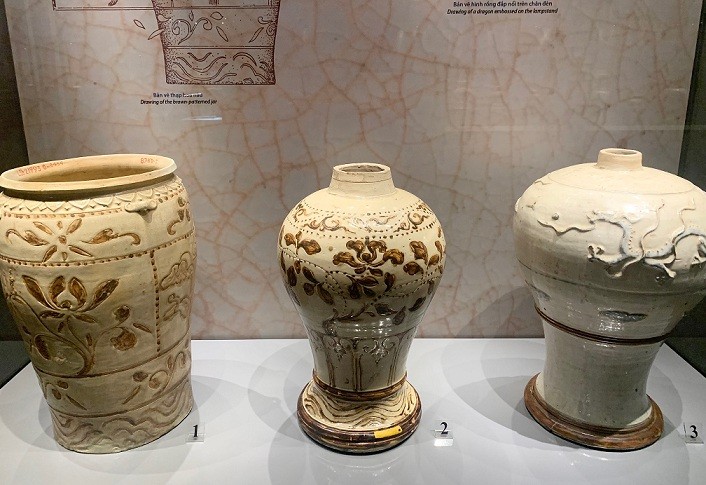 |
| One of the unique and special artifacts of Bat Trang ancient pottery. (Photo: Le An) |
The exhibition consists of four parts: History; Bat Trang Pottery in the 14th century; Bat Trang Pottery in the 15th-18th centuries and Bat Trang Pottery in the 19th-20th centuries.
According to written historical documents, the land of Bat Trang is called Bat commune, first recorded in Dai Viet Su Ky Toan Thu in 1352. In the 15th century, the name Bat Trang commune appeared and was recorded as a famous pottery village, the book Du Dia Chi by Nguyen Trai (1380-1442) wrote: "Bat Trang village makes bowls and cups".
Around the current Bat Trang area, at Le Xa and Dao Xuyen locations in Da Ton commune, a number of Bat Trang ceramic items dating from the late 14th and early 15th centuries were discovered and collected, such as brown flower pots, blue flower plates, and many artifacts that were waste products of pottery kilns.
The results of archaeological excavations in 2001-2003 by the Vietnam Museum of History, the Institute of Archaeology and research agencies at the Kim Lan relic site - a commune adjacent to the south of Bat Trang commune, discovered relics and artifacts dating from the 9th century to the 19th-20th century, especially cultural layers dating from the 9th-10th century and the 13th-14th century.
Among them, a large number of relics are household items such as bowls, plates, basins, spittoons... concentrated in the typical glaze lines of the Tran Dynasty similar to the known collection of glazed ceramics in Da Ton.
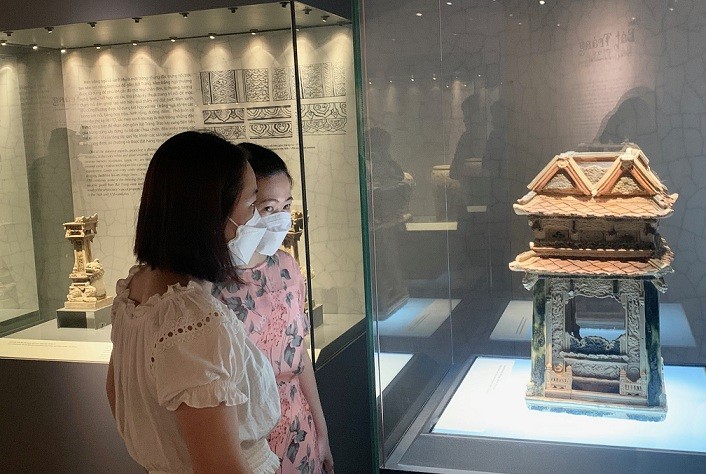 |
| Visitors visit the ancient pottery exhibition space. (Photo: Le An) |
In addition, there are also relics reflecting on-site ceramic production techniques such as firing bags, drums, waste products, glaze blocks, etc., showing that this was a large-scale ancient ceramic production area.
It was not until 1958 that this area was divided into two by the Bac Hung Hai irrigation project. Today, Bat Trang commune is located on the left bank of the Red River, bordering Dong Du commune to the north, Da Ton commune to the east, the Red River to the west, and Kim Lan and Xuan Quan communes to the south.
Sharing about the exhibition, Dr. Nguyen Van Doan - Director of the National History Museum, affirmed that with its long history, converging the quintessence of unique national cultural values, Bat Trang pottery has become an object that the museum has researched and collected over many periods and formed a valuable collection.
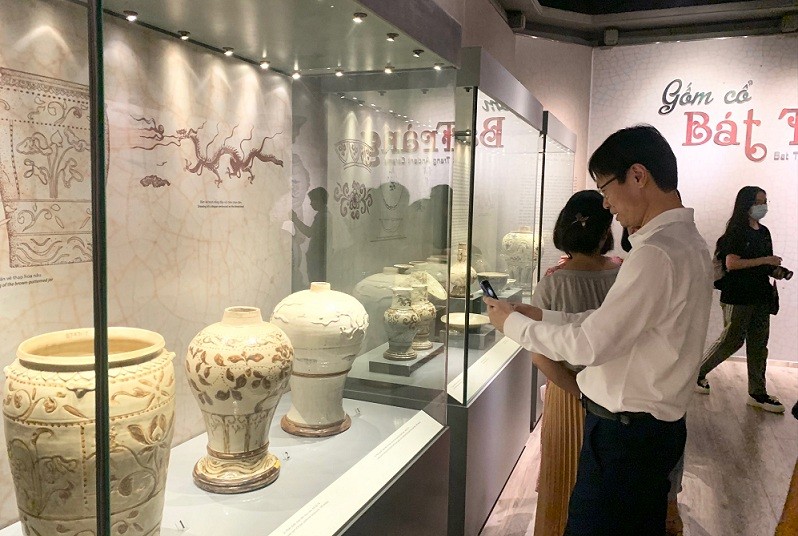 |
| The exhibition runs until September 2023. |
Through the thematic exhibition "Bat Trang Ancient Pottery", the National Museum of History wants to introduce a rich collection of glazed ceramics with high historical, cultural and artistic values, thereby helping the public to understand more deeply and appreciate traditional cultural values, raising awareness of preserving and promoting national history.
Source










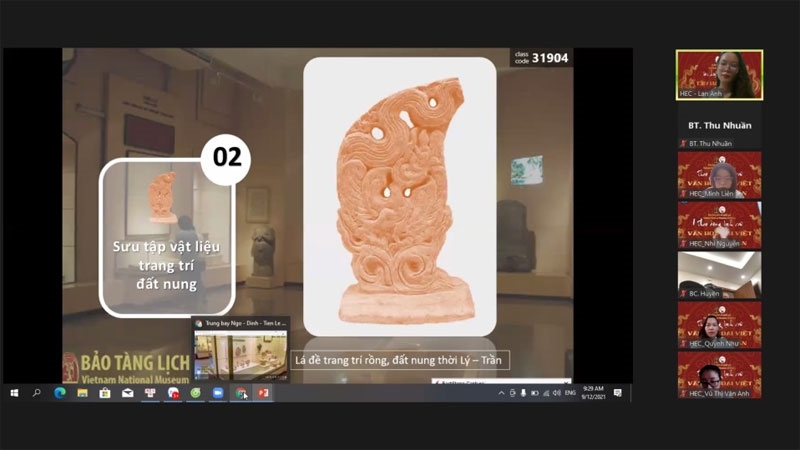



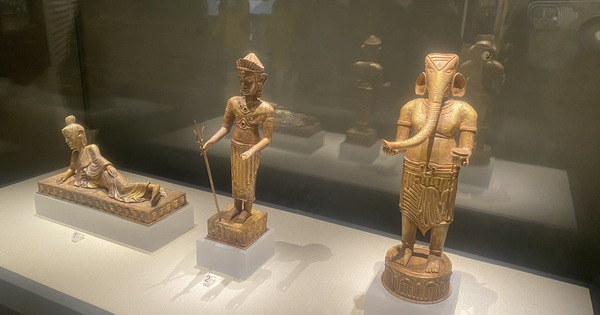

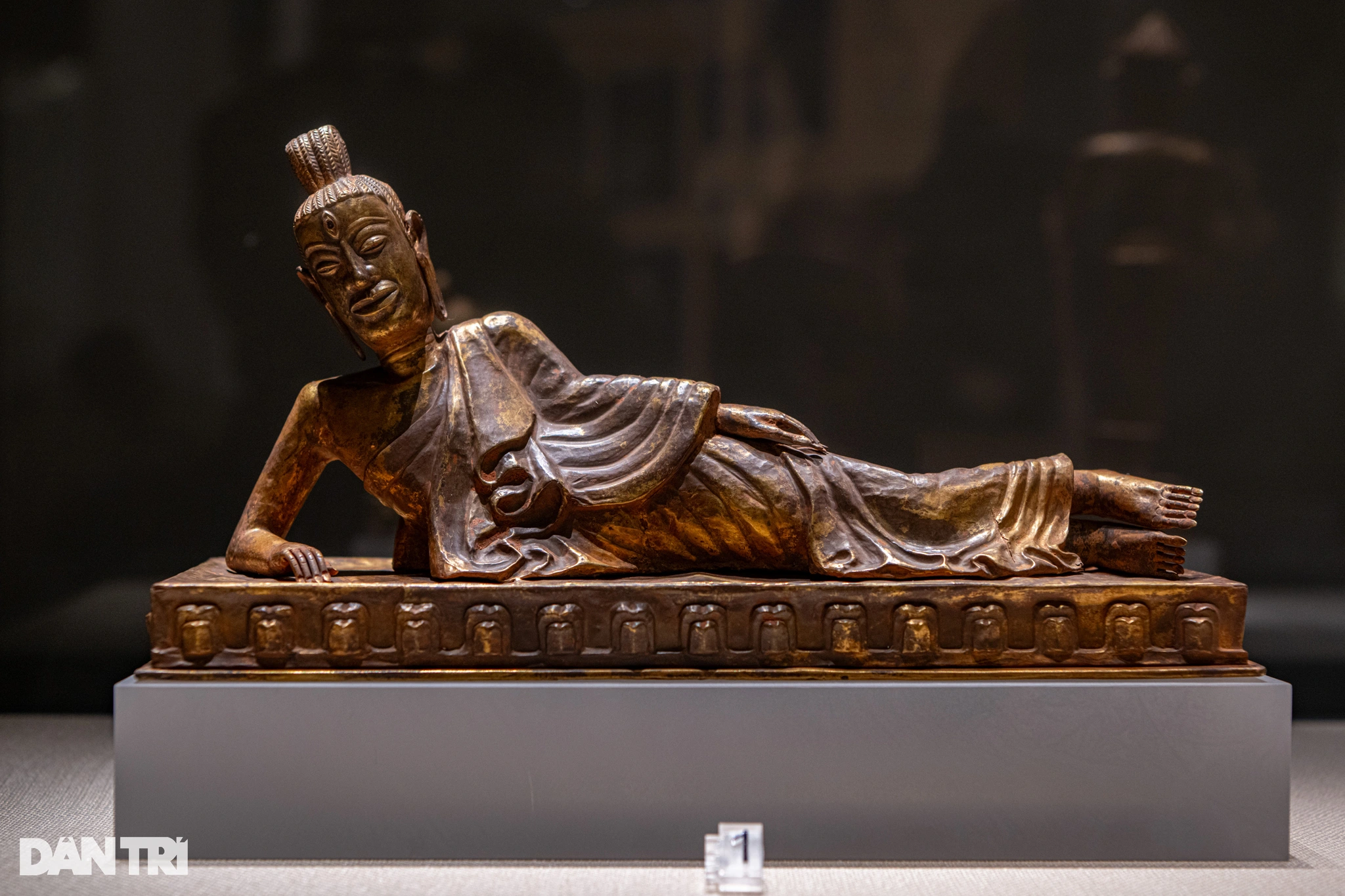





![[Photo] Dien Bien Phu City is romantically beautiful in the colors of Ban flowers](https://vstatic.vietnam.vn/vietnam/resource/IMAGE/2025/3/13/26142284544440aeaa393e5b3241dabc)
























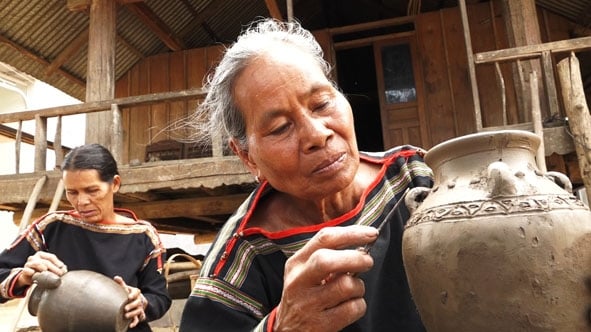











































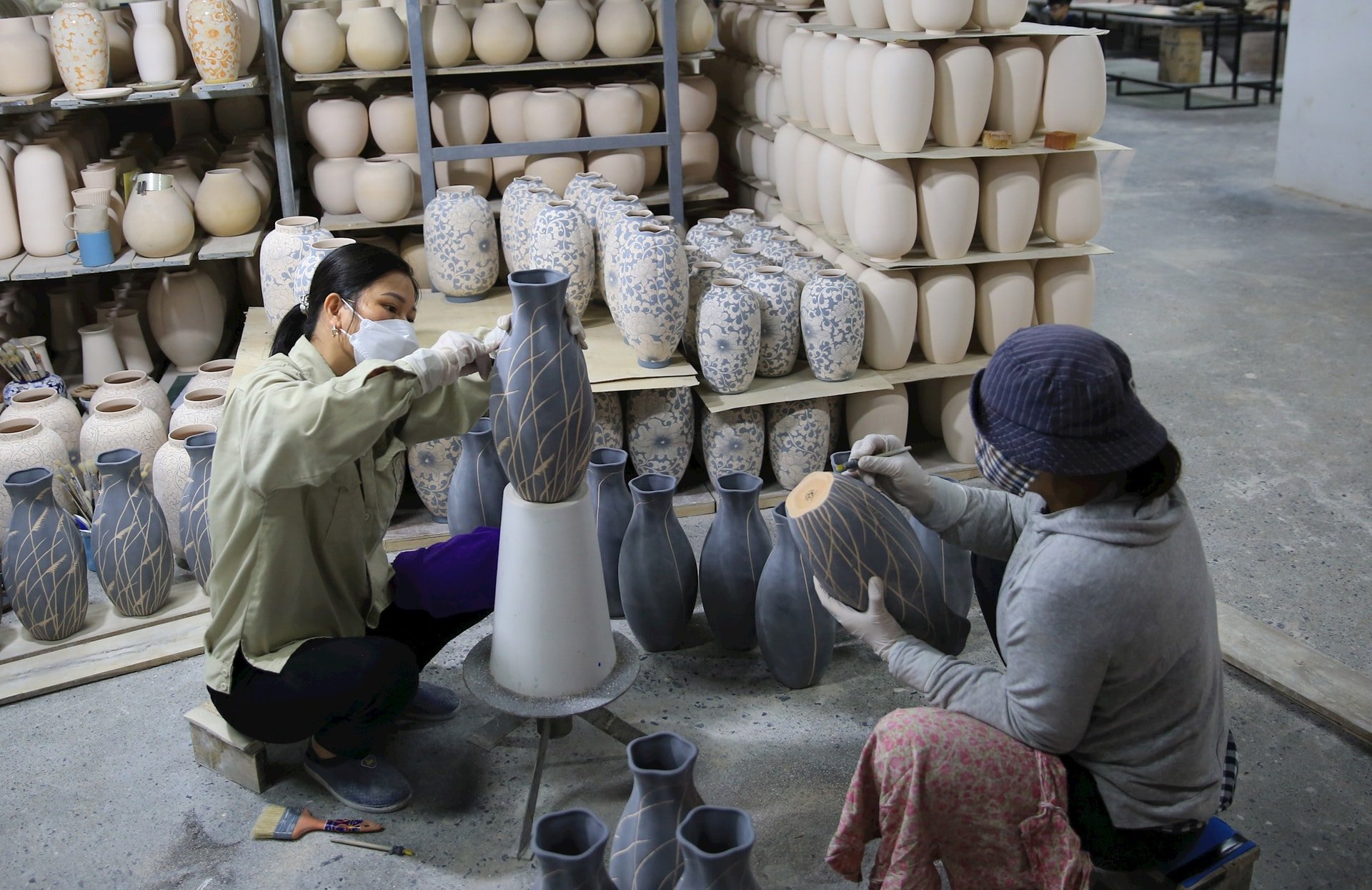

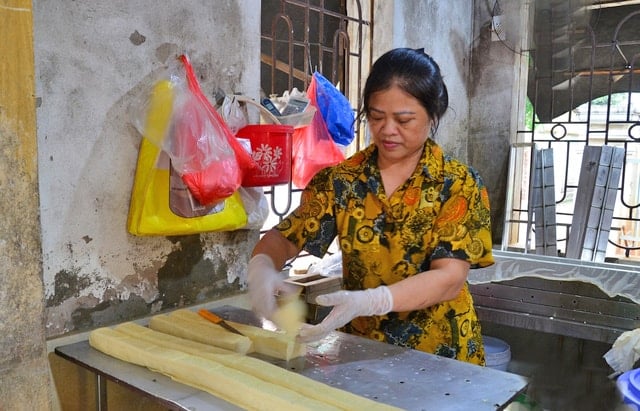
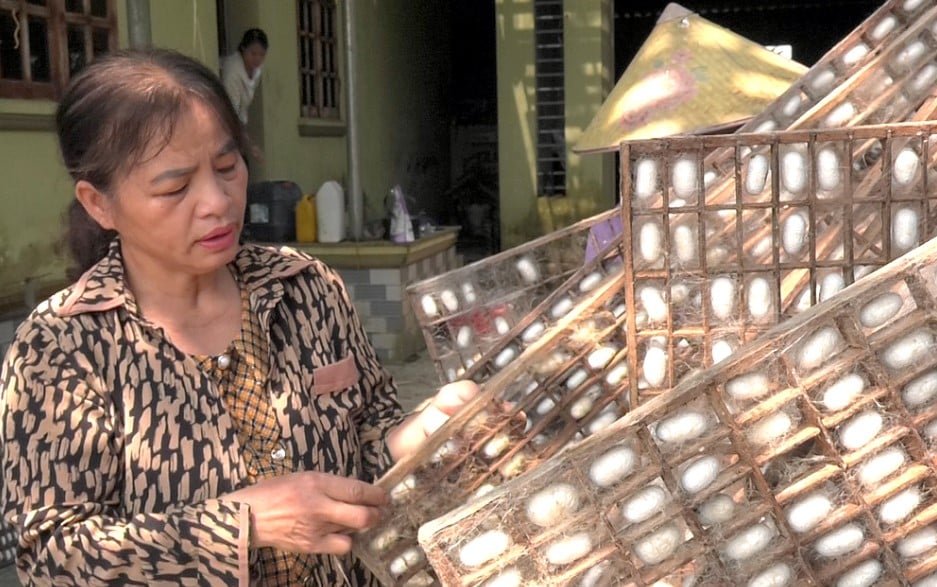
Comment (0)